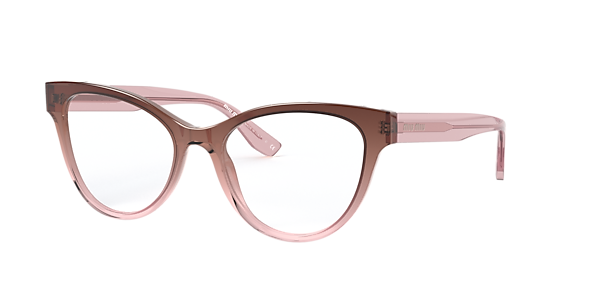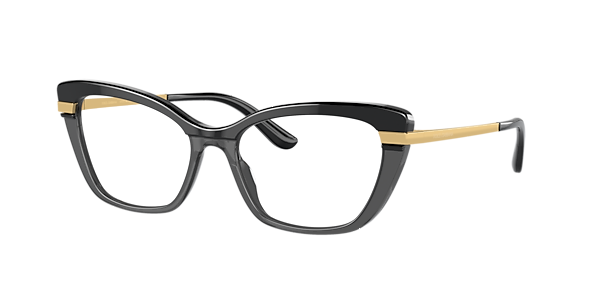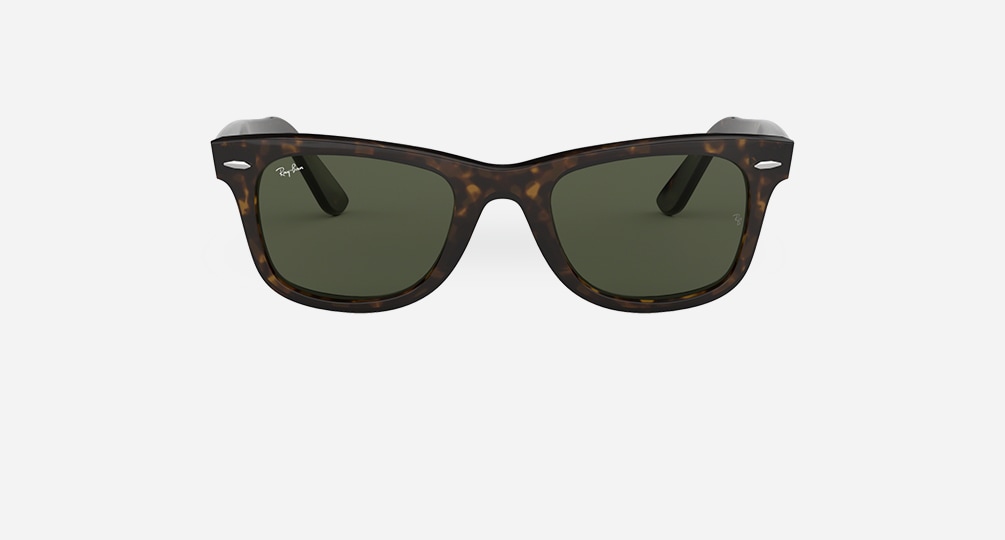
-
Contact lenses
Type and Frequency
Daily Fortnightly Monthly Toric Multifocal
Brand
Acuvue Dailies Biofinity OPSM View all brands
Solutions & Accessories Subscribe & Save 25%Reorder your contacts View all contacts

BUY 3 CONTACT LENS BOXES &
GET 1 FREE*
Offer ends Sunday.
Shop now*Discount applied at cart. T&Cs apply.
-
Glasses
Shop by our picks
New Arrivals Best Sellers Ray-Ban | Meta
Shop by offer
Frame + Lenses From $149* Clearance%
Shop by brand
Ray-Ban Oakley Miu Miu Versace
Find your Frame VIEW ALL GLASSES

20% OFF
LENSES & LENS EXTRAS*Shop now*When purchased as part of a complete pair (frame & lenses). Further T&Cs apply.
-
Sunglasses
Shop by our picks
New Arrivals Best Sellers Ray-Ban | Meta
Shop by offer
Seasonal Promo Clearance%
Shop by brand
Ray-Ban Oakley Prada Ralph
Find your Frame VIEW ALL SUNGLASSES

20% OFF
LENSES & LENS EXTRAS*Shop now*When purchased as part of a complete pair (frame & lenses). Further T&Cs apply.
-







 Book an eye test
Book an eye test
 Health Funds
Health Funds
 Find A Store
Find A Store
 Favourites
Favourites



























































